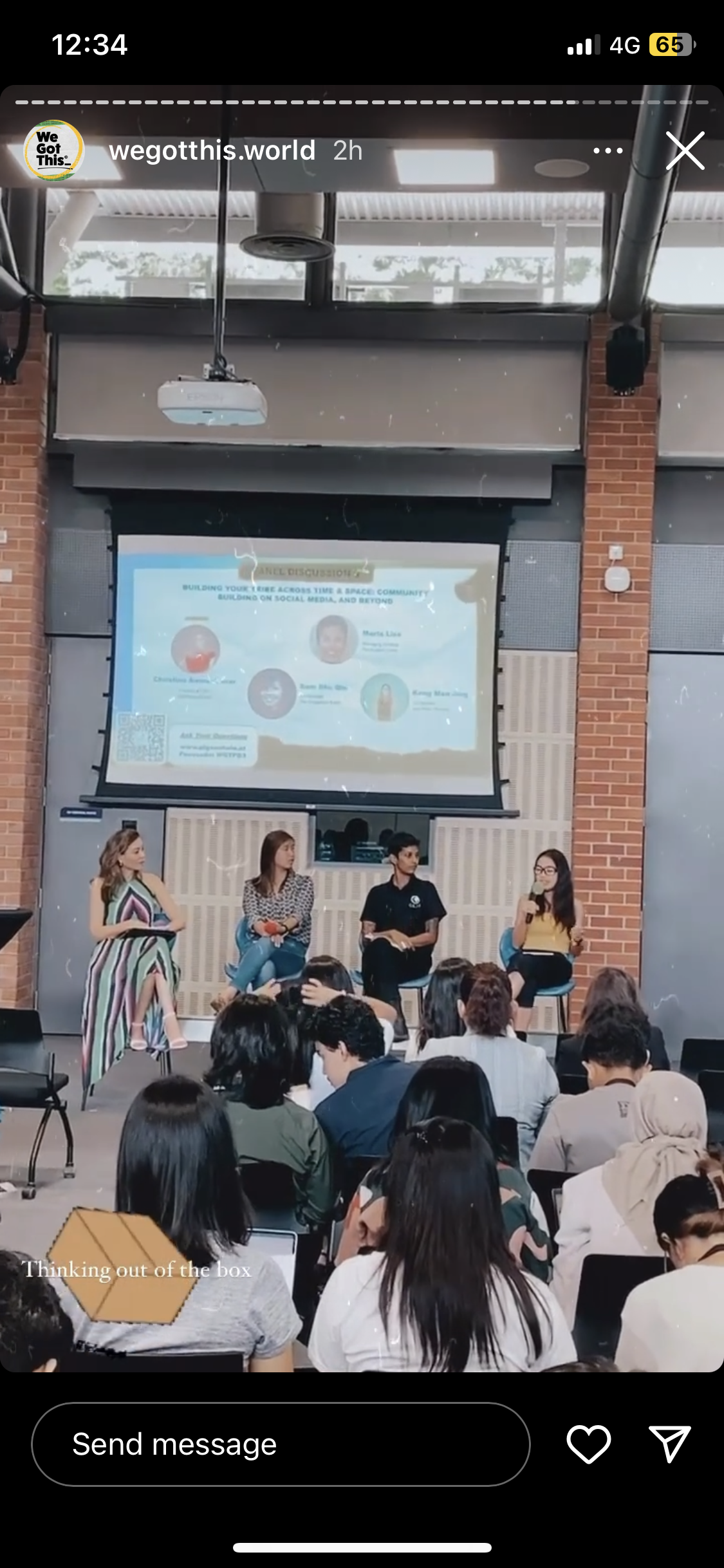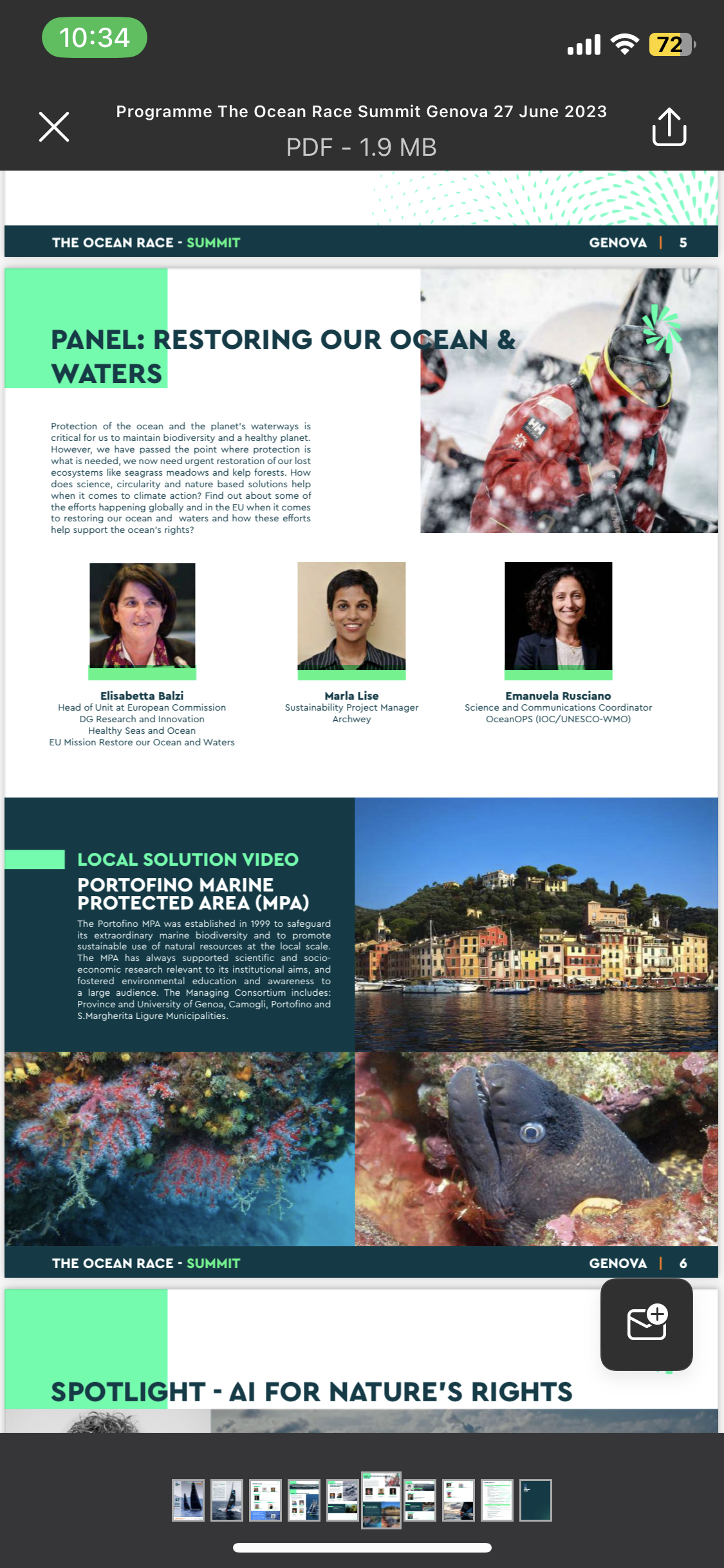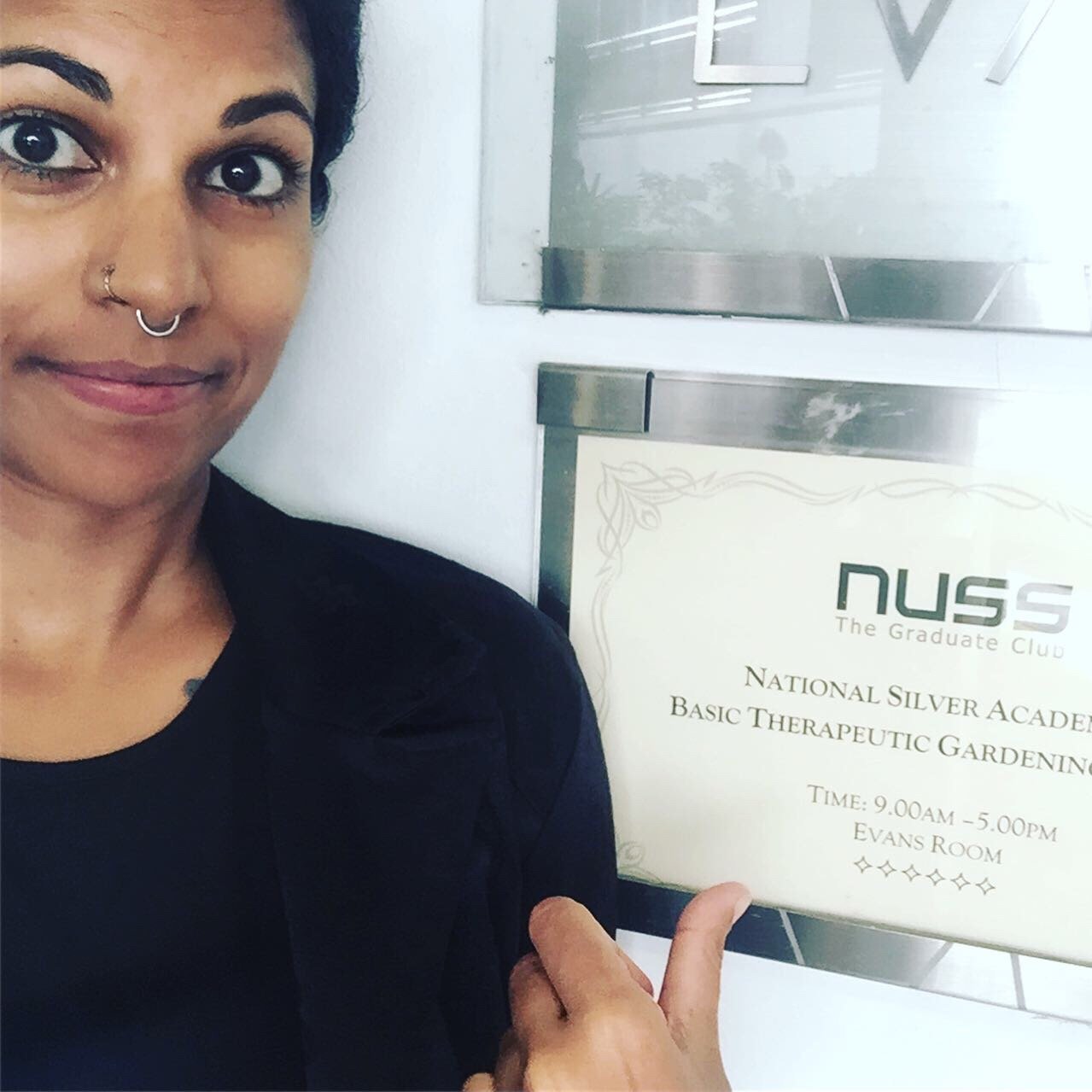A City in Nature
We live in a country with a split personality. On one hand, we’re the city-state lauded for its rich nightlife, tourist attractions, and architectural prowess. We are a country that promotes consumerism, hedonism, and wealth. On the other hand, we’re celebrated for being one of the greenest cities in the Asia, one of the best in sustainable development, and for having planned our cities around enhancing biodiversity. But how do these seemingly conflicting ideologies exist together in this tiny little red dot?
Singapore’s quest to become ‘clean and green’ started with Mr Lee Kuan Yew’s dream in 1965. The ‘Chief Gardener’ knew that there was no reason that people would come to Singapore if the city was polluted, like many other cities in Asia. This is how the mission to create a “First World oasis in a Third World region” began. Since then, Singapore has bagged sustainability awards and had a slew of names from Garden City, to Biophilic City in a Garden, to now, a City in Nature.
My question here is, how clean and green are we, really?
Singapore has lost 95% of its original vegetation since it was colonised in the 1800s. Other reports state that we have lost 90% of forests, 67% of native bird species, and 40% of mammals. We also decide which part of the biodiversity we’d like to stick around, and which we’d prefer to get rid of. Trees are pruned quite drastically to prevent invasive species from roosting in residential areas. However, crows and pigeons are not the only species that make their homes in these trees. We seem to pick and choose aesthetically pleasing flora and fauna in this green city of ours. Have you noticed that most of the plants along the PCNs are quite similar? Did you know that the Singapore Green Plan has nothing in it about increasing biodiversity? It aims to plant a million trees, but why? Why aren’t we keeping the ones we have and protecting them?
Is it then enough for us to pat ourselves on the back saying that we’re green, when most of the greenery surrounding us isn’t native? When we’re planting flora that is easy to care for and easy to look at? When we’re shooing away animals that we don’t like, because they are not cute, or that we consider pests?
Now, I know that we’re still finding new species in our parks, and even have tapirs running through our streets. My question is, are we doing enough, or have we become complacent, saying that this nature we have is enough - saying that we’re doing enough because it looks good.
Let’s talk about the clean then. Singapore’s reputation for being a clean city is renowned throughout the world. But, is it because we as a society pick up after ourselves and intentionally keep the country clean, or is it because we’re rich enough to pay for people to clean up after us? You may have read in various articles of the Japanese people staying behind after sports games to clean up the mess created. One example was at the 2019 Rugby World Cup match in Tokyo, and another was in Qatar in 2022. Where the articles about us?
Do you remember the Green for Life campaign? I can still hear the frog singing, “Green for life, forever!” This campaign was launched in 1990 by the Ministry of Environment, and was later turned into a book about Captain Green. In 1997, we were told to put back our crockery after meals, bin our litter, and to order only what we could finish. Yet, in 2023, the government had to implement a fine if you didn’t clean up your own tray at the food court, our bathrooms still guide people to not step on the toilet seat or wet the floors, and in 2022, we wasted 813000 tonnes of food.
We are known as a ‘fine city’. Why do we need to be? Why do we have prohibitions and red circles with lines through them dotted on every wall, every elevator, every public space and vehicle? Again, I’m not saying we’re not doing something – it’s just, are we doing enough? Is it enough to brag about being a clean nation when we don’t take the initiative to be clean and green without enforced penalties or people hired to do the jobs for us?
Let’s talk about recycling. Singapore’s already low recycling rates fell again in 2022. We’re meant to hit a 70% recycling rate by 2030. That’s in 6 years. How are we going to move from 12% in 2022 to 70% in 2030? As a consumerist country where status matters, most people choose to buy new rather than repurpose or recycle. We have people in tents lining up for the newest anything. The ‘kiasu’ mentality doesn’t really encourage sustainability.
Why are we not living up to the country we parade ourselves as? Why this façade? How do we get our people to live mindfully of others, respect the rest of the population, revere our environment?
How do we make ourselves a truly clean and green city? How do we claim the reputation of being a clean and green people, not just a clean and green country? How do we use our wealth, technology, skills, and consumerist behaviours to improve as a holistic society?
Maybe that’s the goal for 2024. For each and every individual in this country to set a resolution to be just a little bit more mindful. To be just a little bit less complacent. To work a little harder in the things that matter to everyone, not just ourselves. To be clean and green. Inside and out.


















